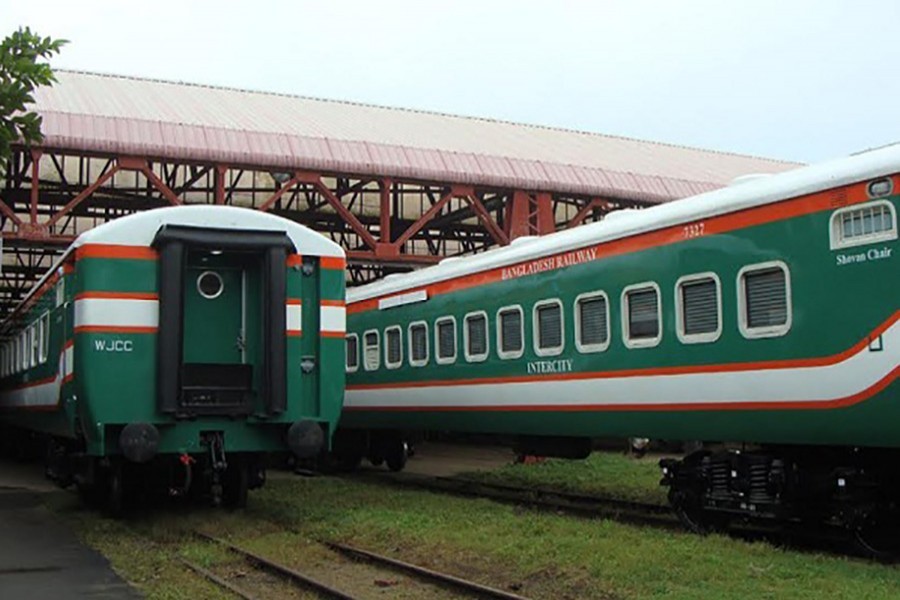After successive governments' morbid unease with the country's railway, the incumbent government directed its focus on this cheapest and safest mode of transportation. The government investment totalling Tk 456 billion over the past 10 years was more than that of the three and a half decades before that period. Naturally, the hope was that the Bangladesh Railway (BR) would see commensurate improvement in its service. A report quoting insiders and communication experts now disappoints both the government and the public by claiming that if the railway has any improvement, it has not been more than cosmetic. In the past 10 years (2009-19), the investment has increased from Tk19.12 billion to 111.54 billion -an increase by 483 per cent. But railway service here leaves much to be desired on account of many of its endemic weaknesses and deficiencies. Are there quarters which are in an unholy alliance to derail the service delivery deliberately or is this a case of misplaced investment?
Reading between the lines, one can see that the large chunks of money have been allocated for quite a few mega projects. In the process, the existing infrastructure of the BR did not receive the fund it needed to bring about a perceptible improvement in its service. The authorities could do well if they concentrated on the existing railway tracks, passenger coaches, wagons and locomotives with an eye for expansion and improvement of the overall service. When replacement of metre gauge tracks as well as the old and rickety broad gauge ones was the order of the day, the demand remained largely unmet. Even railway engineers once claimed that use of bamboo to hold railway tracks together was sound from engineering point of view. How ludicrous! When so much money was invested in the railway, effective repair works suffered like this. Railway tracks are unable to support trains moving at speeds faster than only 70-80 km an hour.
There is no guarantee that larger investment means improvement in the system. Where the investment is made makes the difference in the situation. When trains have to wait at a station for a long time in order allow another to pass by, the paucity of double tracks exposes the weakness of the infrastructure. A train journey from Dhaka to Kolkata can reveal how backward the country's railway is when compared with the electric trains that run on a vastly wide network in West Bengal. So the need was to take on the existing weak railway tracks and expanding those with a view to operating more passenger and goods trains.
Lobbies favouring road transports have never wanted the railway to flourish. Now it is time that the government provided a shot in the arm of the BR. Money invested in the sector must be made worth doing so. The infrastructure has to be developed under a long-term comprehensive plan. The prime minister of the country once declared that people will be travelling in high-speed trains. To materialise her vision, the investment has to be meticulous in addition to its size.


